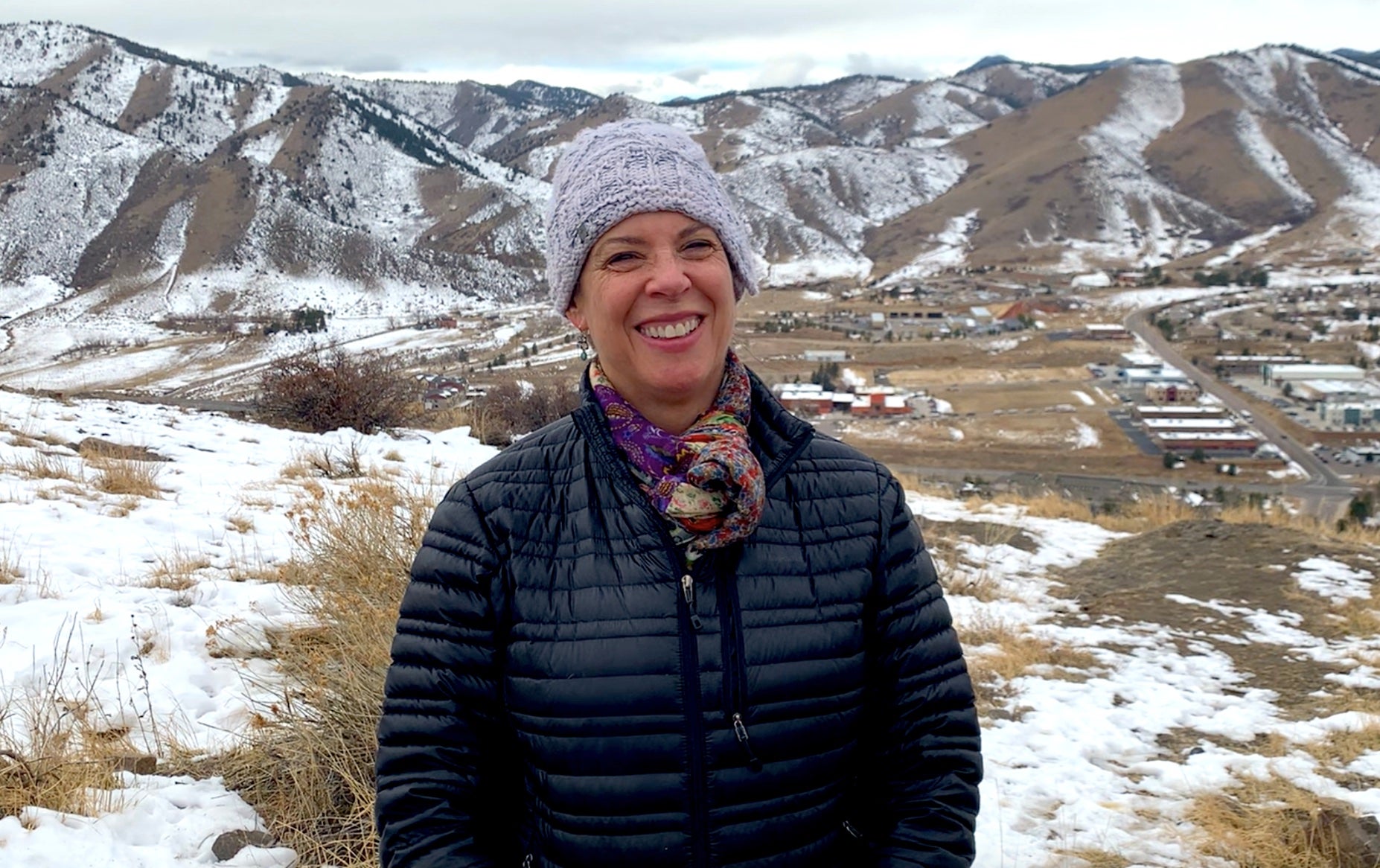Executive Director will step down from her position on Friday, August 19. While declining to comment in detail, Aangeenbrug told OBJ that a “compelling opportunity” at the National Park Foundation was the motive behind her decision, which she says she’ll explain next week. She announced the news to the industry in a posted to OIA’s website.
Aangeenbrug’s appointment as OIA’s executive director was announced on February 6, 2020, following a six-month search that involved more than 400 applicants. Prior to leading the trade association—which was founded in 1989 and represents more than 1,300 outdoor retailers, manufacturers, and suppliers worldwide—Aangeenbrug served as the executive director of the , OIA’s charitable organization, whose goals include getting underserved children and families into the outdoors. She was also the executive vice president of the from 2016 to 2018, executive director of from 2009 to 2016, and director of programs for the Colorado Conservations Trust from 2001 to 2007.
“OIA has a unique role around bringing together voices and ideas to support thriving outdoor businesses, to empower and build thriving outdoor communities, and to ensure a thriving planet,” Aangeenbrug said in 2020 after accepting the ED position. “This is a dream job, and I am excited to collaborate with the outdoor industry and other organizations to build a big tent that leads to powerful action.”
Aangeenbrug began her career as a field biologist in the Maasai Mara Game Reserve in southwestern Kenya, a job that eventually propelled her to positions with the U.S. Department of the Interior and the California Department of Fish and Game. She earned her master’s degree from the Yale School of Forestry and Environmental Studies and her bachelor’s degree from St. Lawrence University.Â
Aangeenbrug’s Work at OIA
During her tenure as OIA’s leader, Aangeenbrug helped the outdoor industry lobby at the federal level, visiting the White House and meeting with President Biden in 2021 alongside other labor leaders and union representatives. She worked in support of the Infrastructure Investment and Jobs Act (), legislation that eventually helped reinstate FICOR, a government group that tracks the economic impact of the outdoor industry in the U.S.
Under Aangeenbrug’s direction, OIA also lobbied to reinstate protections for Bears Ears, Grand Staircase-Escalante, and Northeast Canyons and Seamounts national monuments—federal lands exposed to commercial development under the Trump administration. She led OIA through the most challenging phase of the pandemic, when the group’s main revenue generator, Outdoor Retailer, was replaced by virtual stand-in events in 2020. And she helped OIA adjust its membership-fee structure, arguing that the old model was outdated and unsuited to a twenty-first century outdoor industry.Â
“The way our funding model worked in the past was fairly imbalanced,” she said in a December 2020 interview with OBJ. “If you came to Outdoor Retailer, you paid a lot each year to support what we do at OIA. If you didn’t come to OR, you paid much less. That created an unnecessary division in the membership, I think, and made the revenue stream very uneven and susceptible to major disruptions.”Â
OIA did not respond to a request for comment about a successor to Aangeenbrug, or how long it may take to replace her.


